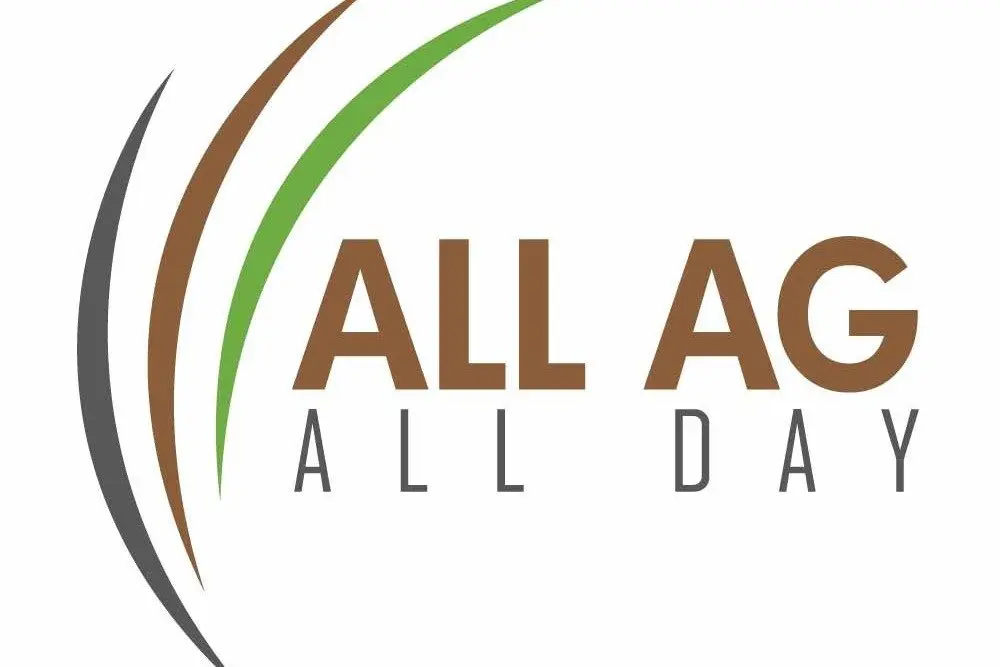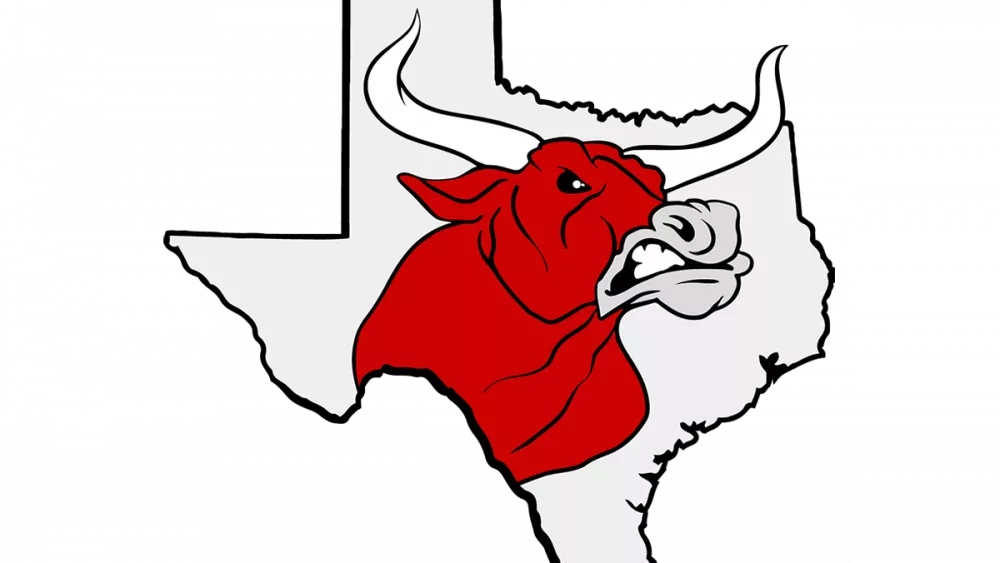
All Ag, All Day is the nation's only full-time farm radio station with studios in Floydada and Nashville, TN (www.AllAgNews.com)
DDG Prices Move With Shifts In Feed Markets
NASHVILLE, TN – Distillers dried grains remain a key livestock feed ingredient, and their value continues to move closely with corn and soybean meal, according to Dr. Michael Langemeier of Purdue’s Center for Commercial Agriculture. DDGs, produced at roughly 18 pounds per bushel of corn, offer higher protein content than corn alone and often replace part of both corn and soybean meal in rations. Historical price data from 2007–2024 show DDG values typically rise and fall alongside these feed inputs, though short-term disconnects emerge during unusual demand patterns or supply disruptions.
Langemeier’s analysis shows that even small changes in feedgrain markets translate into meaningful DDG price movement. A 10-cent increase in corn price typically adds more than $2 per ton to DDGs, while a $10 increase in soybean meal lifts DDGs by a similar amount. Combined, corn and meal trends explain most of the variation in DDG pricing. However, factors such as ethanol plant operations, export flows, and local ration adjustments can temporarily push DDG prices above or below expected levels.
Using projected corn at $4.00 and soybean meal at $325, expected DDG prices for late 2025 and early 2026 are expected to range from $145 to $155 per ton. A 10% swing in feedgrain prices pushes that range as low as $125–$135 or as high as $160–$170, underscoring how sensitive DDG markets remain to broader feed conditions.
Farm-Level Takeaway: DDG values follow corn and soybean meal trends, with ethanol grind and feed demand shaping costs into early 2026.
**********
Beef Industry Faces Tight Supplies, Policy Fights, and Global Trade Strains
LUBBOCK, TX – America’s beef sector is caught between record-high cattle prices, struggling packer margins, and a wave of renewed policy debates, according to the North American Meat Institute’s October report, The Reality of Beef and Cattle Markets. The group says tight cattle supplies are driving cow-calf and feedlot profits sharply higher — but packers remain in the red as plant utilization slips and labor and trade costs climb.
The Meat Institute notes producers’ share of the retail beef dollar has climbed to 55%, while packers’ share has fallen to just 5%. Concentration among major beef packers has held steady for three decades, countering claims of rising consolidation. Meanwhile, about half of all U.S. beef consumed is ground, and imports of lean trim — mainly from Argentina, Australia, and New Zealand — remain critical for meeting domestic burger demand. Even a proposed expansion of Argentine beef imports, the report says, would barely move U.S. retail prices.
The Institute also warns against reviving “bad ideas” such as mandatory country-of-origin labeling (mCOOL) and interstate sales of uninspected meat, calling both costly and risky to food safety. It urges the USDA to maintain strict federal inspection standards and coordination on the New World Screwworm response plan. On trade, the group says China’s refusal to reauthorize 415 U.S. beef plants violates the Phase One Agreement and has created significant export losses that demand White House action.
Farm-Level Takeaway: Tight cattle supplies keep prices high for ranchers, but policy shifts, export barriers, and packer losses signal a volatile road ahead for the beef supply chain.
**********
Fertilizer Downcycle Deepens As Affordability Sinks, Demand Weakens
NASHVILLE, TN – Fertilizer affordability is sliding again — and that matters for farm margins and timing of pre-plant buys. Rabobank’s Knowledge Exchange Division says the 12-month affordability index has moved deeper into negative territory, signaling a new contraction phase that resembles the last downcycle. The bank expects weaker demand through 2025 and a more pronounced downturn in 2026 as high prices curb applications and shift product choices in key markets.
Regional forces add volatility. In the US, geopolitics and tariffs threaten to disrupt the coming season. European fertilizer prices are likely to rise with the implementation of the Carbon Border Adjustment Mechanism (CBAM), the EU’s carbon-pricing policy for imports. Brazil faces tight margins and scarce credit even as deliveries could set records. China is prioritizing domestic supply, while India’s urea tenders continue to steer global pricing. Product-wise, urea consumption is forecast to fall in 2026 — with Brazilian growers pivoting toward ammonium sulphate — and phosphate prices are keeping 2025 demand down about 4% with more declines likely as Chinese exports ease and shipments from Morocco and Saudi Arabia increase.
Potash, after a 2024 rebound, is likely to slow in 2025; sustained price strength would pressure 2026 demand despite Brazil’s record import ambitions.
Farm-Level Takeaway: Stagger buys and diversify sources — watch CBAM, India’s tenders, and Brazil’s import pace to time urea, phosphate, and potash purchases.
**********
New Leather Study Shows Smaller Footprint Than Expected
LUBBOCK, TX – A new nationwide study says American leather is cleaner than once thought — and it’s calling on other materials to prove their claims, too. The Leather and Hide Council of America released an independent, fully transparent report showing U.S.-made leather has a much smaller environmental footprint than earlier models suggested. The study measured the entire process —from cattle raised on farms to finished hides leaving the tannery —and found far lower carbon emissions, land and water use, and soil impacts than many synthetic alternatives.
Led by Dr. Greg Thoma at Colorado State University’s AgNext program, the research used current data from U.S. farms, the USDA, and the U.S. Meat Export Federation. It found that previous global estimates overstated livestock’s impact by up to six times. It also highlighted key differences between production systems — showing that dairy-sourced hides have about half the carbon impact of the U.S. average. In contrast, grass-fed systems have roughly 40% higher impact. LHCA President Kerry Brozyna said the findings set “a new standard for honesty and transparency” in sustainability reporting.
For ranchers, more transparent accounting could strengthen demand for U.S. hides, while offering brands verified data to back sustainability claims. The group says the report’s open data format will serve as a model for future studies on all textiles.
Farm-Level Takeaway: Verified U.S. data show genuine leather’s footprint is lower than advertised — an edge in both marketing and byproduct value.




